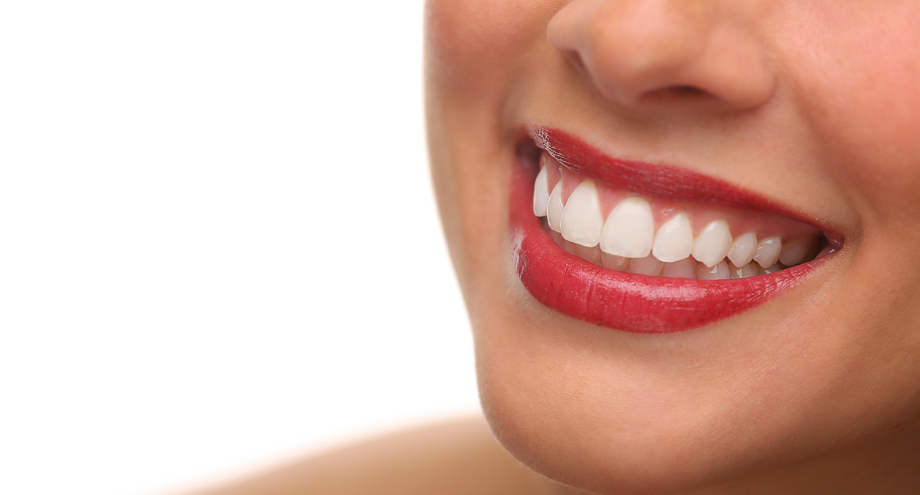Healthy teeth are firmly attached to the gums thanks to the numerous gingival fibres that connect them to the gums. The gum, on the other hand, houses fibroblasts, the cells that make the formation of connective tissue possible.
Scientists at Tohoku University in Japan have now discovered that the stiffness of the gum influences the properties of gingival fibroblasts. If the gum is soft, there is a high probability that inflammation will occur and thus hinder the formation of gingival fibres, leading to gum recession.
In this study, published in the journal Scientific Reports, Tohoku University School of Dentistry associate professor Masahiro Yamada states that “soft gums cause inflammation and hinder the development of gingival fibres”.
“We have discovered that soft gum causes inflammation and hinders the development of gingival fibres”. Masahiro Yamada, associate professor at Tohoku University School of Dentistry.
There are many factors that can cause a gum recession, such as periodontitis, over-brushing and smoking. However, this is the first time it has been linked to biological reactions.
“Our research is the first to link biological mechanisms to the patient’s gingival properties,” Yamada adds. “The results are expected to accelerate the development of biomaterials that control local inflammation or microdevices that simulate the microenvironment of inflammatory conditions.
To carry out the study, the researchers created an artificial culture environment that simulated a soft or hard gum and cultured human gingival fibroblasts in it.
They found that simulated hard gum stiffness activated an intracellular anti-inflammatory system in the gingival fibroblasts, whereas simulated soft gum stiffness suppressed this anti-inflammatory system, leading to reduced collagen synthesis and, consequently, an increased tendency to gum recession.
What are the challenges of gum recession?
Gum recession presents two major challenges: the uncovered area becomes a nest for bacteria responsible for causing caries, periodontitis or other oral diseases, and that, once recession has started, it is difficult to predict how much and to what level it will progress.
Seventy-one percent of people aged 50 and older suffer from gum recession. At 80-90 years of age, this percentage rises to 90 %.
“Treating gum recession without knowing the cause can be unsuccessful,” says Cram, national spokesperson for the American Dental Association. Treating gum recession due to poor brushing is different from treating gum recession due to periodontitis.
The most common current method of treating gum recession is grafting, which is now a much more comfortable and predictable procedure than it used to be. “The success rate has improved tremendously; it is over 90-95%,” says Cram.
Previous techniques cut tissue from the palate and sutured it around the teeth, resulting in a painful and slow-healing wound.
Now, the procedure involves raising a flap of skin on the palate, removing the tissue under the flap and suturing it to the area surrounding the exposed root. The donor area of the palate is then sutured to avoid an open wound.




